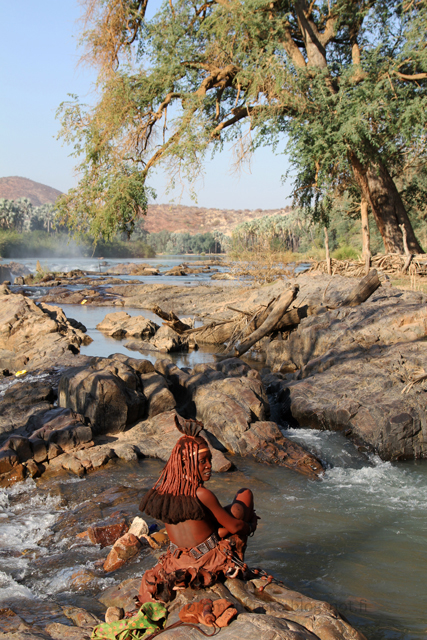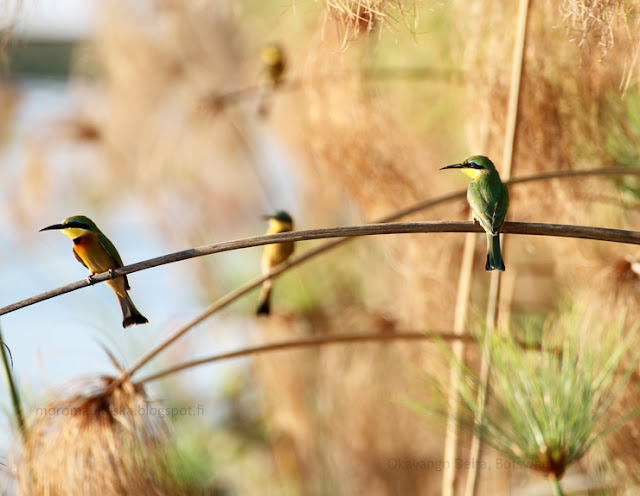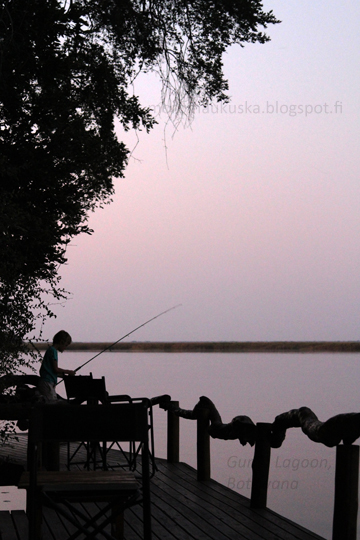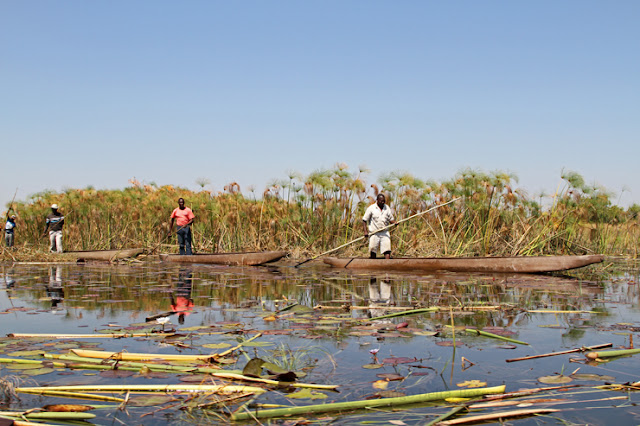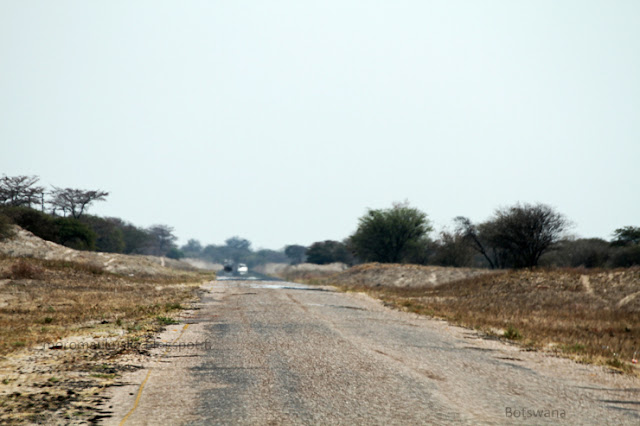Botswana After entering Botswana, we headed towards Ghanzi. Our next stop, the Dqae Qar Sun c ampsite , was just after Ghanzi, and we had ample time to get there. The road was paved and there wasn't a lot of traffic, which was nice , especially since we experienced our first (and only) flat tire before Ghanzi. We heard a clang sound from the back of our 4X4, and I thought it was the tea kettle tumbling aroun d at t he back (which was weird be cause the kettle was inside a trunk) . But the fla ba - da b a - dab sound told us that it was actually our rear ti re losing air pres sure fairly quickly . I t was possibl y the best time and the best place to get a flat ; the shoulder of the road was wide, the grass had been cut (curious animals couldn't hide too near ), w e were on a straight stretch o f road (we could see other traffic , and they cou ld see us ) and it was still hours before sunset ( gets pitch black at night). I t took only a bout 15 mins to ch...


